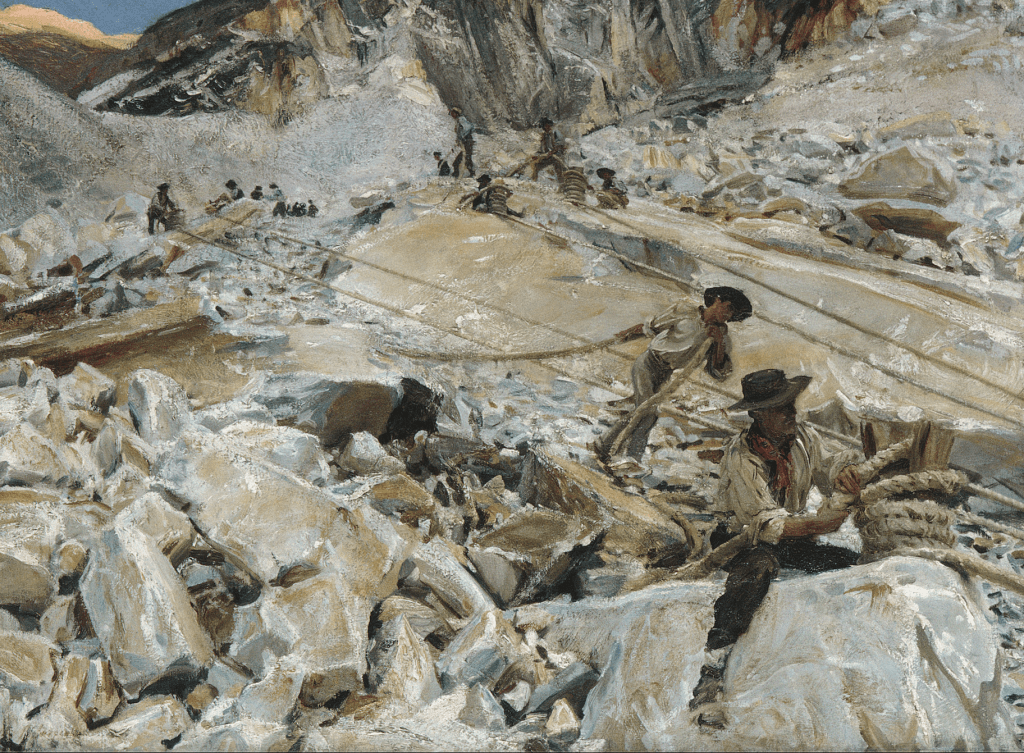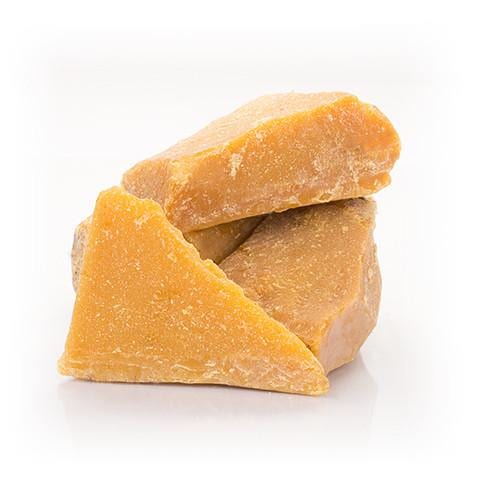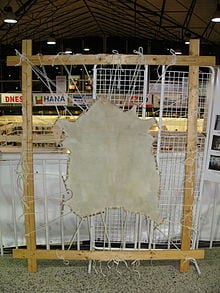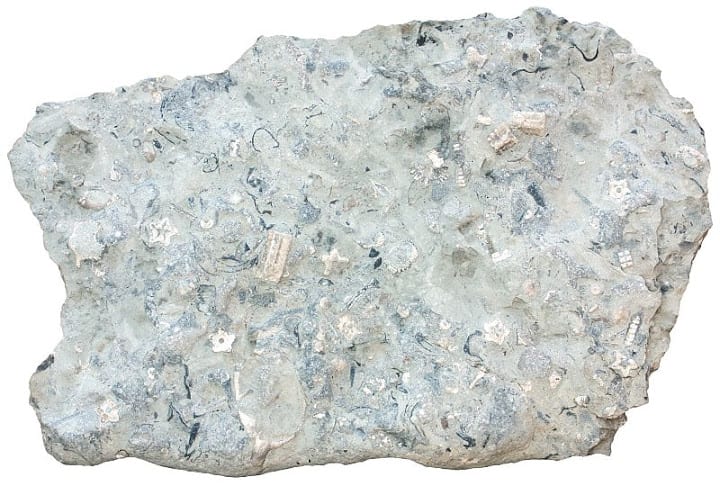[Last modified: March, 23 2019 06:06 PM]
In this section we will consider how sacrifice is essential to the materials that the objects are made from. These days, most objects that we can buy are easily produced on a large scale in factories, made from cheap materials such as plastic, which we can throw away without too much concern. However, in the past, this was not always the case. Materials that made objects were not always easy to find, mould, shape, or transform. Consequently, they contain stories of great sacrifice and hardship. Click on the images to zoom!
Timeline
Sacrifice and Carrara marble
[Last modified: March, 20 2019 11:38 PM]Triqueti composed the Yates Memorial almost entirely of Carrara marble. At the time, this material was prestigious because obtaining it was exceptionally hard and dangerous. The storehouse of the massive sediments was found at an altitude of 5,500 feet, precipitating down steep slopes of the Apuan Alps. Many men died in the process.
More on the Yates Memorial
[Last modified: March, 21 2019 03:44 PM]Criminals and fugitives provided their muscles and labour to work on the marble. This unusual community bonded overtime, and created the first Italian anarchist group in 1885. It is powerful to imagine how Triqueti’s delicate and fluid engravings hide a history of struggle, defiance, and insurgency.
Wax model of Parasite
[Last modified: March, 20 2019 11:37 PM]The parasite specimen is made of wax, an organic material that derives from different proportions of paraffin and beeswax. Young bees between 12 and 17 secrete and mould the beeswax. To harvest this materials, bees are removed from their hives, a process that is stressful and can lead to their injury and death. Exactly as their homes are destroyed to produce models, such as the parasite model, their produce (honey) is also sacrificed to human consumption.
Confessio Amantis
[Last modified: March, 21 2019 03:46 PM]Creating the Confessio Amantis was time-consuming. A whole book, entirely handwritten in ink, could take months and even years if the book was long enough. Life was sacrificed for the material. Parchment used in the text was often made from animal skin, sacrificing the life of an animal. Often a whole herd of sheep or goats was needed to supply the amount of parchment necessary for an entire book.
Head of Statuette
[Last modified: March, 22 2019 12:20 PM]The statuette is made of limestone. This implores an understanding of the artefact as being a record of life, in the same way the decomposition of skeletal fragments of organisms provide the minerals for the sedimentary rock to be formed…it is in the idea of a fossilized woman that the notion of rebirth arises. As the stone is carved and modified, its calcium carbonate form becomes a medium of storytelling. The sacrifice being that of its limited performance characteristics in telling its own tale, reliant on outsiders knowledge, opinions and interpretations being imposed upon..
Read MoreDID YOU KNOW?
Limestone helps trace the origin of the statuette to Cyprus, specifically the Memphite region. The suggested importation of crafts to Naukratis provides insight into the trade occurring at that time whereby traditional Cypriot styles were sacrificed to suit trends and the demands of the changing population. The Hellenistic aesthetic was popularised.
REFLECT…
Illegal quarrying has caused the unique flora and fauna of the Apuan alps to gradually disappear and not much of it remains today: Is it worth sacrificing a landscape and ecosystem for artistic prestige? Or is it a “mountain mutilation”?




